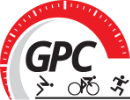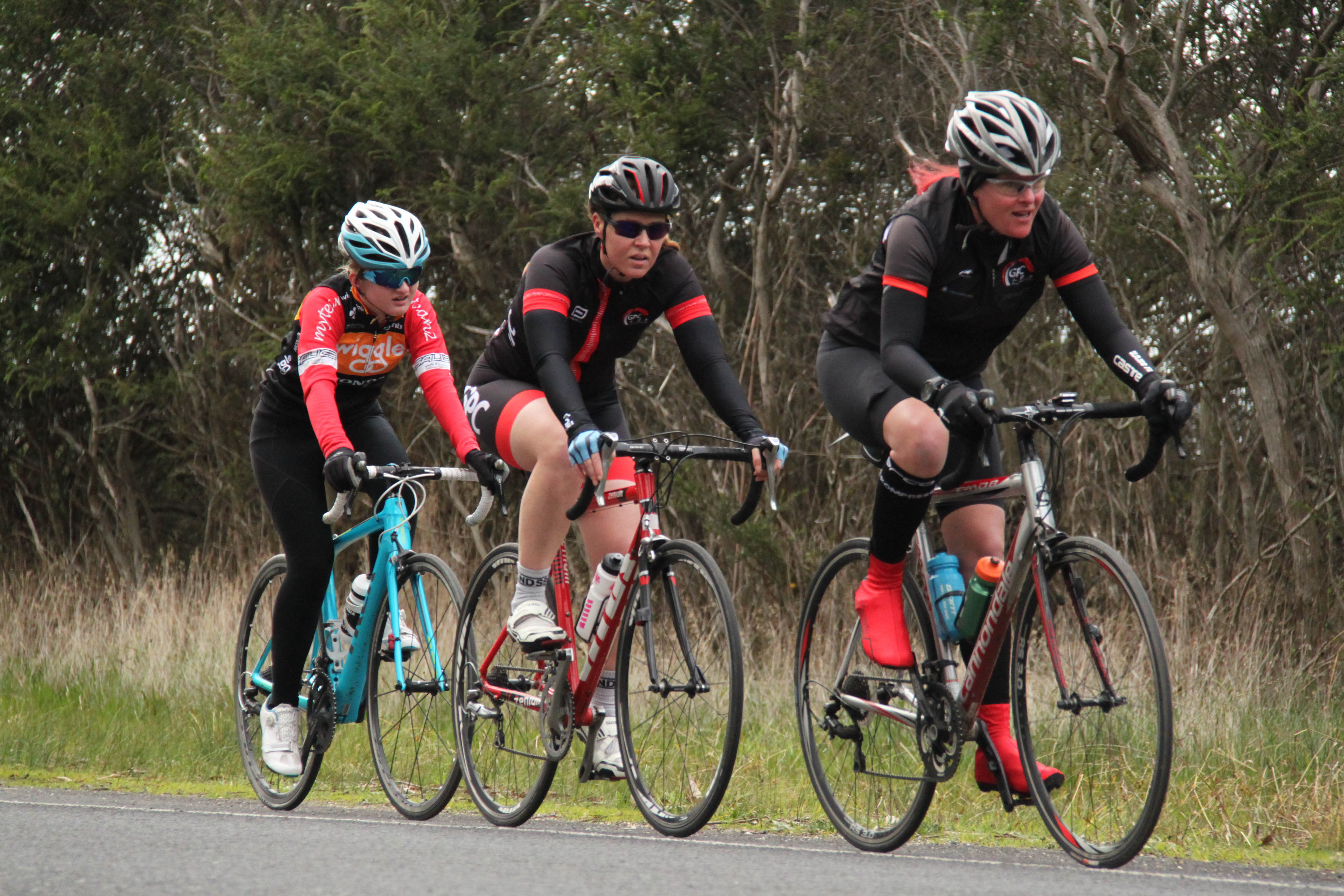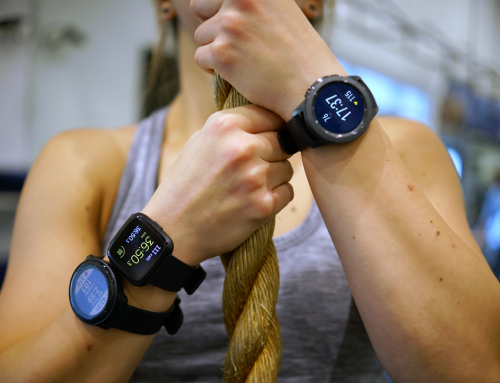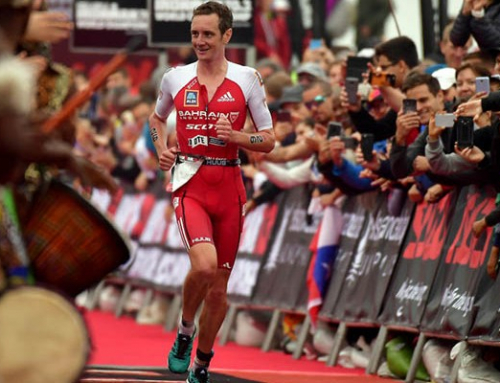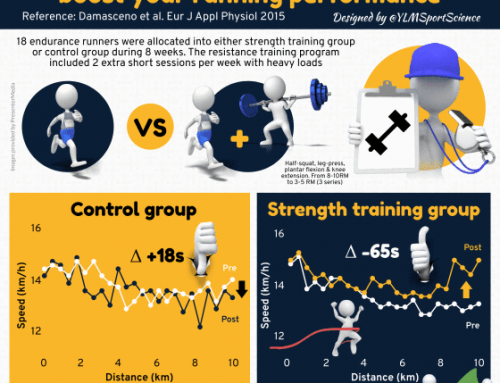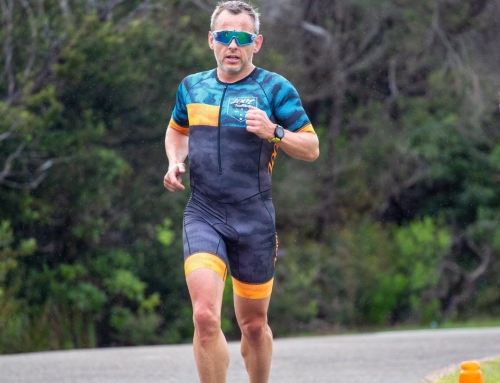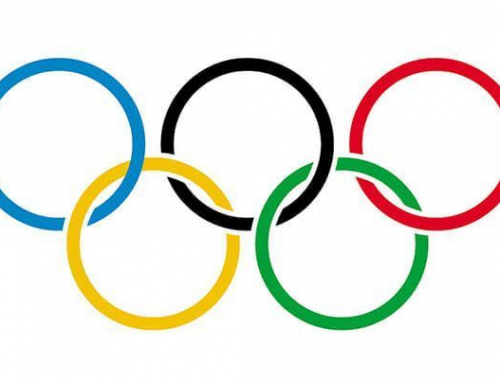Anatomy of an elite cyclist
Below is a link to a video from The Olympic Channel. It explores the anatomy of a cyclist- Jolanda Neff who represented Switzerland in both cross-country MTB and road cycling.
Key characteristics of Jolanda as an elite athlete-
- Consistent production of power over 20 maximal reps – excellent muscular endurance
- Her quadriceps & hamstrings have similar legs of strength – less chance of injury due to muscle imbalances
- Very low percentage body fat – excellent power to weight ratio & better at hill climbing
- High rate of fluid loss (1.4L/hour or 2.7kg of body weight) during race conditions – must replace within 2-3% of body fluid to maintain performance
- Average power output of 500 watts & maximum of 700 watts in fatigue test (efforts from 15secs to 4mins)
- 12.5watts/kg in 15sec fatigue test – excellent power to weight for short explosive hill climbs in MTB
Comparison to amateur triathletes, cyclists and runners-
- In all endurance sports muscular endurance is paramount. Muscular endurance is defined at the ability of a group of muscles to repeatedly contract against a resistance over time
- Addressing muscle imbalances (in any part of your body) is crucial to reducing the risk of injury. Screening at strength & conditioning program at the Injury Clinic is a good place to start.
- A lower percentage of body fat is beneficial for most athletes but various factors need to be considered such as – risk of injury, risk of illness, loss of power etc.
- Knowing and practising your nutrition & hydration strategy for events can make a big difference in your overall performance on race day
- Reducing fatigue in events is possible by addressing the above mentioned points alongside consistent and smart training over a long period of time. GPC’s programs are designed to build strength endurance in the specific muscles for swim/bike/run.
